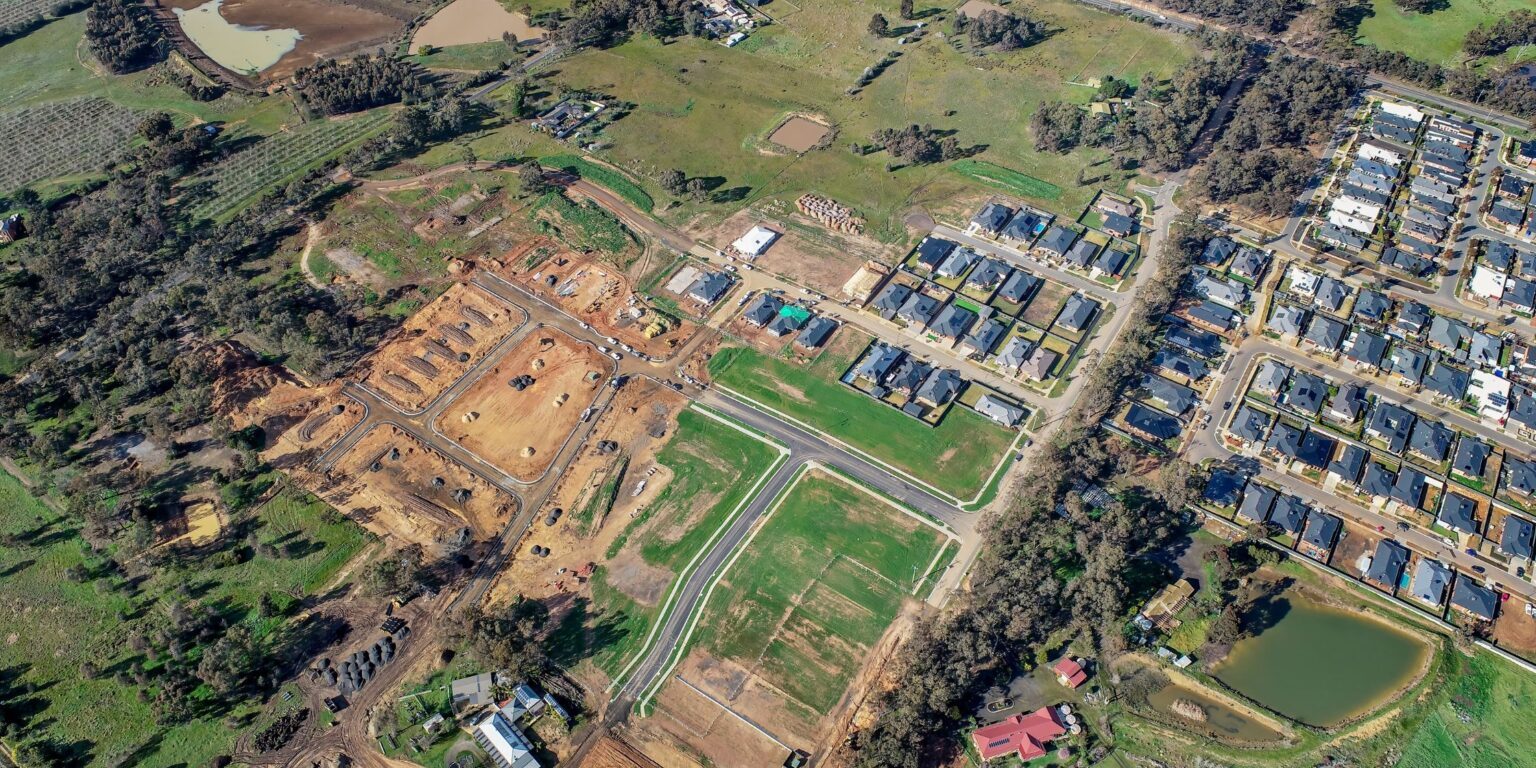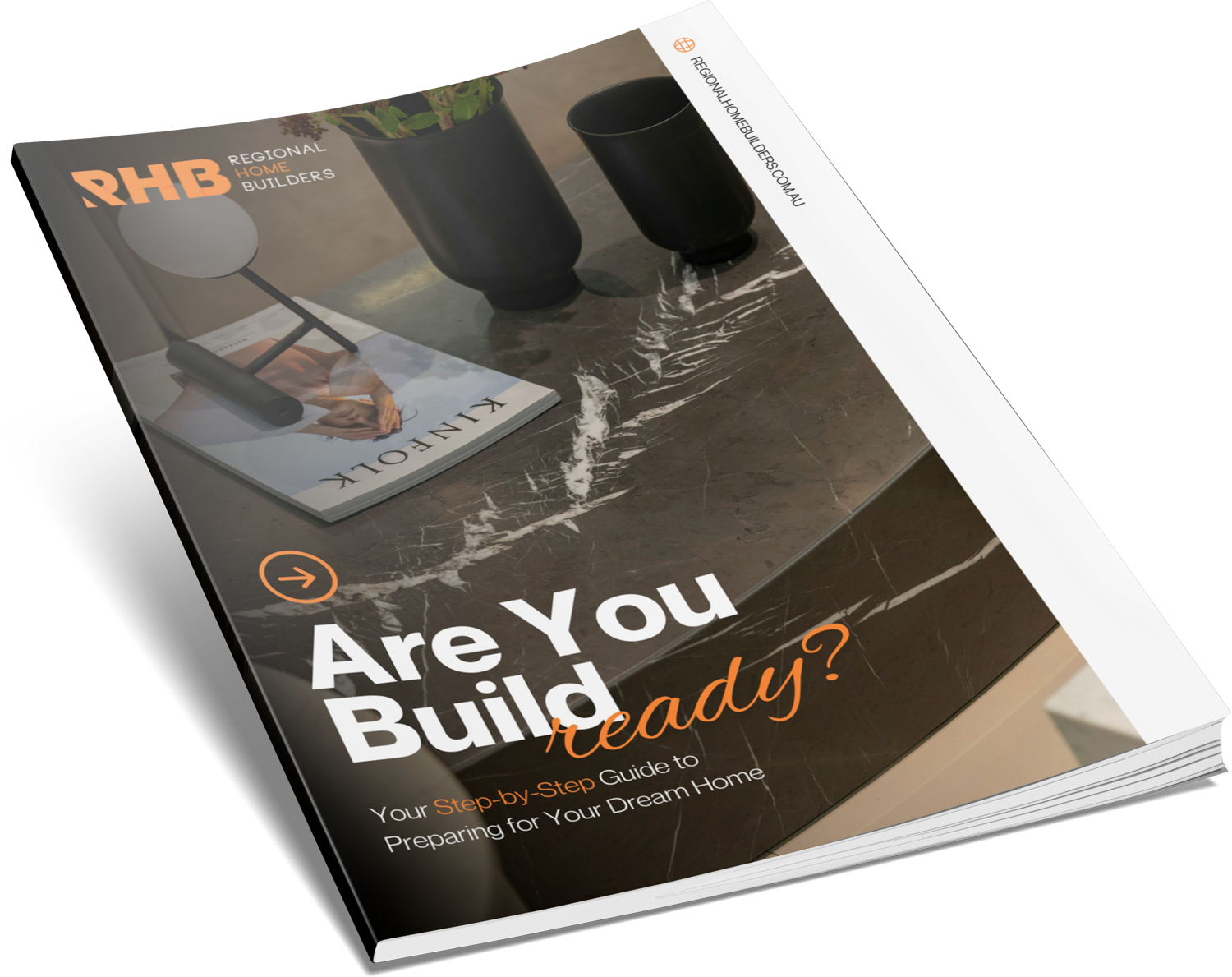When people buy land, they often think the hard part is over and the fun part begins, choosing floorplans, designing kitchens, and imagining that first night in their new home. But here is a truth that catches many first-time landowners by surprise: owning land does not automatically mean you are ready to build.
Build-ready is about more than just having a block in your name. It is about knowing, with certainty, that construction can legally, practically, and financially begin. Without that certainty, your build can stall before it even starts.
This article breaks down exactly what build-ready means, the checks you need to complete, the red flags to look out for, and how to avoid costly delays.
What Does “Build-Ready” Really Mean?
Build-ready land is legally titled, technically assessed, and practically suitable for construction. To put it simply: it is a block that you could submit to council and begin building on tomorrow without delay.
That means:
- A registered land title is in your name
- Soil tests and site surveys are complete
- Services like power, water, and sewer are available or can be connected
- Planning rules, overlays, or easements have been reviewed and do not prevent construction
Think of it like this: owning land is step one, being build-ready is step two.
Owning Land vs Being Build-Ready
Here’s where many people get stuck. They assume that buying a block means they can start building straight away. But in reality, a lot can sit between purchase and readiness.
Example 1: Untitled Land
You buy a block in a new estate. Titles are “expected” in six months. The developer faces delays and titles are not issued for 14 months. In that time, your finance pre-approval expires, interest rates rise, and builder pricing increases. You are now starting from behind.
Example 2: Missing Reports
A rural buyer assumes their land is straightforward, only to discover the soil is highly reactive clay and the site requires expensive piering. Without a soil test upfront, their builder’s original pricing was off by tens of thousands.
This is the difference between owning land and being build-ready. One is about ownership, the other is about certainty.
The Key Checks That Make Land Build-Ready
There are four core elements that must be in place before your land is truly ready to build:
1. Title Registration
The land title confirms legal ownership. Without it:
- Permits cannot be lodged
- Banks will not release construction funds
- Builders cannot confirm start dates
You can do draft design work before title, but nothing official moves forward until it is registered.
2. Soil Test
This report determines how stable your ground is and what type of foundation your home will need. For example:
- Class A (stable sand/rock): straightforward, affordable slab
- Class M (moderately reactive clay): may need deeper beams
- Class P (problem site): may require piers or engineered solutions
The difference in cost between a standard slab and an engineered slab can easily be $20,000 or more.
3. Site Survey
A survey maps slope, boundaries, and existing features. Even small changes matter. A one-metre slope across a block may mean excavation, retaining walls, or stepped designs, all of which add cost.
4. Services and Access
Your home needs water, power, and sewer. If these are not connected, you may need tanks, septic systems, or significant infrastructure work. Access is also important: a block without truck access may need temporary roads or crane hire.
Red Flags That Show Land Is Not Ready
Before you assume your block is ready, check for these red flags:
- Untitled land (no title = no build)
- Missing soil or survey data
- Sloping or difficult access sites
- Lack of services (no sewer, no power pit)
- Planning restrictions like bushfire, flood, or heritage overlays
Each of these can delay a build for months or add unexpected costs.
Why Site Data and Reports Matter So Much
Without accurate site data, everything is guesswork.
- Soil tests stop surprises like foundation upgrades halfway through construction.
- Surveys stop redraws when your design clashes with slope or easements.
Skipping them might feel like saving money, but in reality, it only increases the risk of costly changes later.
Services and Infrastructure – The Hidden Costs
Services are one of the most overlooked aspects of land. For example:
- Rural land may need water tanks, septic tanks, or even off-grid power
- Estate land might have delayed connections for some stages
- Sloping land may require pumps to connect to sewer systems
Each of these can add thousands of dollars if not identified upfront.
Planning Restrictions – The Non-Negotiables
Even if your land looks straightforward, overlays and easements can dictate what you can or cannot do.
- Easements: You cannot build over them, so they affect house placement.
- Bushfire overlays: May require BAL-rated windows, special cladding, or wider setbacks.
- Flood overlays: Can require raised floor levels or engineered drainage.
- Estate guidelines: Developers may require certain facades, roof pitches, or fencing standards.
These are not suggestions, they are enforceable rules.
The Real Cost of Delays
When land is not build-ready, your project does not just stall, it costs more.
- Builder schedules shift, pushing your start date out
- Material and trade costs rise over time
- Finance approvals expire, adding paperwork and stress
Being build-ready early gives you the advantage of locking in your builder, your pricing, and your start date.
Estate Land: Do Not Assume
Even in masterplanned estates, not all blocks are equal. We have seen estate land with:
- Uneven fall across the block
- Power pits missing on site
- Easements running across backyards
- Stage services delayed while roads are completed
Always confirm readiness with reports and checks. Never assume.
How Builders Help Assess Build Readiness
At Regional Home Builders, one of the first things we do is review your land for build readiness. We:
- Check title status
- Review estate guidelines
- Identify overlays or easements
- Confirm access and slope
- Flag any issues that may add cost or delay
This assessment is critical. It allows us to give accurate advice, realistic pricing, and a clear path forward.
Setting Yourself Up for Success
Owning land and being build-ready are two very different things. Build readiness is about certainty. It is knowing that everything, legal, technical, and practical, is in place before you commit to building.
If you take the time to confirm title, soil, survey, services, and restrictions early, you will save yourself stress, delays, and unexpected costs later.
Your Next Step
If you are unsure whether your land is truly build-ready, book a no-obligation call with Regional Home Builders. We will review your block, identify risks, and give you clarity before you take the next step.
Explore the story of Regional Home Builders. Regional Home Builders is a proud member of APB and MBA.



